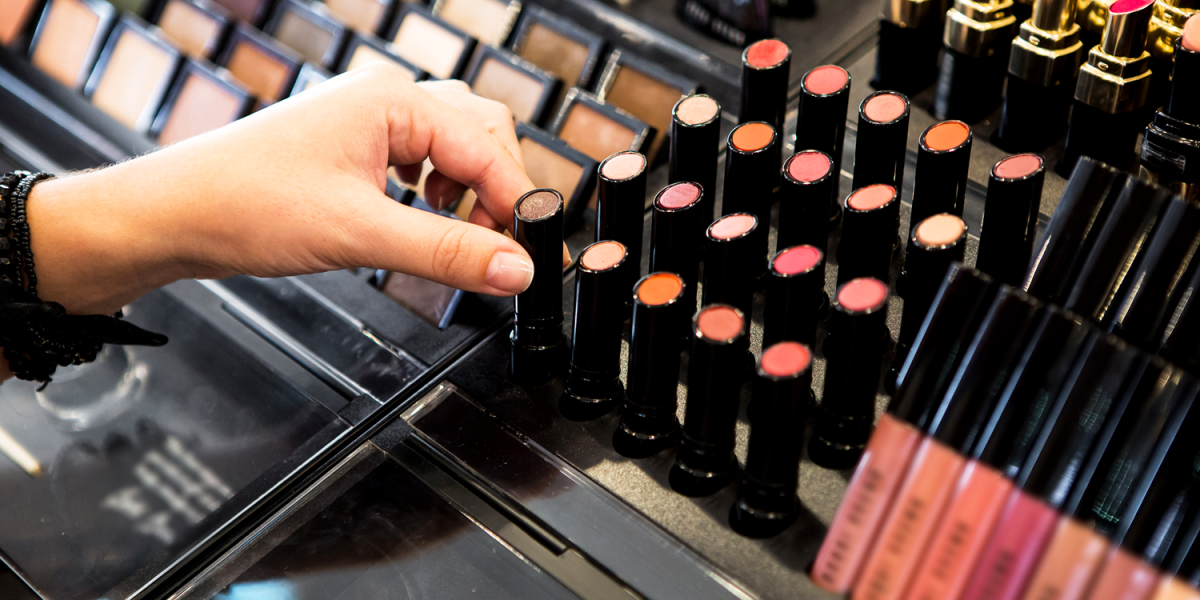You are here

(Editor's Note: 3E is expanding news coverage to provide customers with insights into topics that enable a safer, more sustainable world by protecting people, safeguarding products, and helping businesses grow. Q&A features our reporters' exclusive 1:1 interviews with regulatory and industry influencers.)
About the interviewee: Cindy Thomas is the Regulatory Agencies Committee (RAC) Counsel at the National Customs Brokers and Forwarders Association of America (NCBFAA). The organization represents 1,200 member companies, which account for more than 97% of the entries for goods imported into the U.S. She was interviewed by 3E news reporter, Stefan Modrich, on 27 October 2023 about the implications of the Modernization of Cosmetics Regulation Act of 2022 (MoCRA), which amended the Food, Drug, and Cosmetic Act when President Joe Biden signed the Consolidated Appropriations Act into law on 29 December 2022.

Could you elaborate on the challenges that customs brokers and intermediaries might face in assisting foreign cosmetic facilities with the registration process? Are there specific concerns about the role of agents and communication with overseas facilities?
When the FDA first implemented food facility registration, we encountered a situation where overseas facilities identified their customs broker as the agent for purposes of the food facility registration without the broker knowing about it. This resulted in much chaos for both the FDA and the trade. FDA eventually responded by
1) Allowing brokers to query the registration system to identify any facilities that designated them as an agent.
2) FDA sending an email to the agent listed on the registration to confirm that they were a knowing and willing agent.
This system has worked smoothly ever since. So, we continue to encourage the FDA to use similar procedures for cosmetics registration to avoid repeating the confusion cited above. So far, we have not had a response from the Cosmetics Division — largely we think because they are trying to complete this huge undertaking in a very short time.
Have you received any communication from FDA officials regarding their plan to incorporate feedback from industry stakeholders like NCBFAA into their final regulations? Have they given you any indication or guidance regarding the timeline of the registration process?
As stated earlier, the Cosmetics Division, which is tasked with this implementation, is working under a tight deadline. Although it has provided general responses to our questions, it has not engaged in-depth on issues we have raised. However, the Imports Division is listening to our concerns and has assured us that there will not be changes to the import process initially and will only occur after a robust engagement with trade.
What shortcomings remain, if any, to FDA cosmetics regulations and how would the NCBFAA prefer to see FDA regulations addressed in the future? Do you anticipate any bottlenecks or delays in the implementation of these measures?
We are reassured by our conversations with the FDA Imports Branch that the agency will not at this time require additional information or documentation at entry. That was a big concern — that we would need to submit registration numbers or other information at the time of entry starting January 1. Failure to do so would cause the shipment to be detained or refused entry. Since such entry requirements involve months of planning and reprogramming of software, we viewed that as unrealistic with the potential to delay shipments. We are pleased that the FDA seems to be on the same page and will work with customs brokers and importers before implementing any import processing requirements.
What are the challenges faced by foreign facilities in complying with U.S. cosmetic registration requirements, especially in relation to the U.S. agent requirement? Have there been any discussions or initiatives to address these concerns?
The FDA has done a fairly good job setting up a user-friendly registration platform and the actual registration is not difficult. But understanding the regulation can be a challenge. Identifying an agent and determining who is the responsible party for the purposes of the label — these can be challenging. We are hoping for clearer guidance on the roles of the agent and the responsible party since these are two distinct parties. For example, with the FDA food facility registration, the agent has limited responsibility, serving as a contact point for the FDA to communicate with the overseas facility. For the cosmetics registration, it is not clear what is the scope of the agent's role and how it relates to the responsible party shown on the product label.
Is there a mechanism in place to address concerns about the timing of the registration deadline? What options are being considered to ensure that facilities have adequate time to comply without compromising public health and safety?
The FDA has stated that it will not extend the deadline. We can only speculate that it will take a "soft enforcement" approach for importers and facilities to make a good-faith effort to comply. In any event, since the requirement will not be enforced at the border through the import entry process in January, there should not be delays in clearing shipments.
How does FDA’s Establishment Identifier (FEI) represent a shift in how facilities are identified and tracked, and have any facilities undergone this registration process (or plan to in the near future)?
The FEI is not new. It is used to identify drug and medical device facilities. FDA assigns the FEI upon the completion of an application for registration. To register, a facility must have a DUNS number for the specific facility location. The only problem is, the FDA registration portal has yet to launch. Although it was supposed to be available in early October, it has been delayed. FDA has yet to advise when the portal will be operational. With the January 1 deadline fast approaching, the agency may have little choice but to provide flexibility in enforcing the deadline.
*Editor's Note: This article was updated 6 November 2023 to reflect additional information provided to 3E via NCBFAA's Cindy Thomas.
Analysis
While Thomas says the FDA is not engaging in-depth on some of the issues the NCBFAA has raised, the FDA is listening to stakeholders and does not plan to change the import process without their input.
In the meantime, customs brokers are looking for clearer guidance on the roles of the agent and the responsible party in foreign facility registration. The FDA plans to work with customs brokers and importers before implementing any import processing requirements and will not require additional information or documentation at entry.
An FDA spokesperson did not respond to an emailed request for comment on the implications of MoCRA for cosmetics industry manufacturers and suppliers prior to the deadline.
About the author: Stefan Modrich is a Washington, D.C.-based reporter for 3E. He covers the latest developments in environmental health and safety policy and regulation. Modrich previously wrote for S&P Global Market Intelligence, The Arizona Republic and Chicago Tribune. He is an alumnus of Arizona State University and the University of Zagreb.


 Top
Top